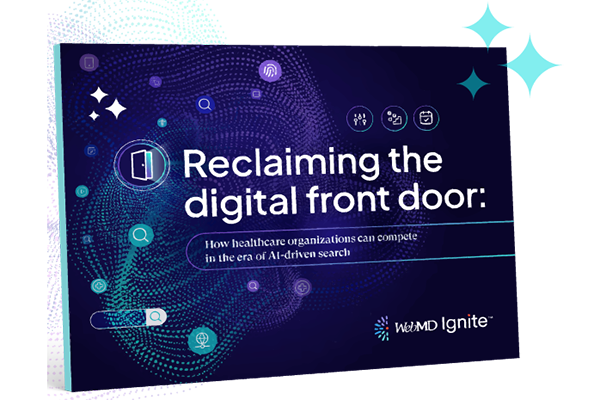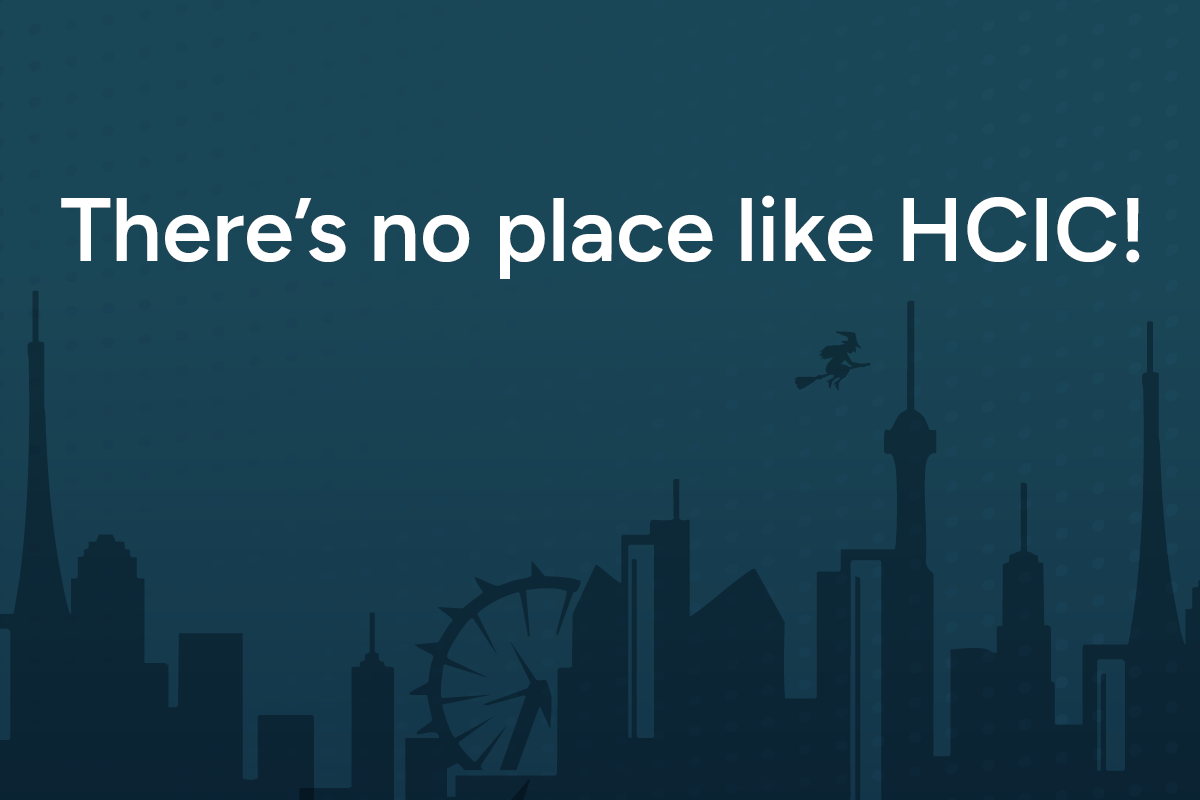Quiet in the hospital: Improving patient satisfaction and outcomes
Categories: health systems
Tags: Build loyalty
Hospitals can be noisy places. From overhead paging to middle of the night vitals checks, for many patients a hospital can be a place of great unrest. And research tells us that not only does hospital noise disturb a patient’s sleep and increase anxiety, but it can also cause blood pressure spikes and interfere with pain management.
Noise has become so much of an issue, in fact, that patients are now asked on the Hospital Consumer Assessment of Healthcare Providers and Systems (HCAHPS) survey how often the area around their room was quiet at night.
Of course the acoustics of most hospitals don’t help promote quiet. Staff discussions are loud and can be distracting to patients, especially during shift changes. Eve Edelstein, an architect and neuroscientist studying the issue of noise in hospitals has measured sound levels over 100 decibels during shift changes (equivalent to a jet engine).
There have been some fascinating technological advances in designing new hospital spaces and retrofitting older facilities for minimal ambient noise. But in the meantime, there are relatively simple changes many facilities can make to promote a more hushed and healing environment for patients.
Promote a culture of quiet with staff
- Educate staff on the important role of quiet in promoting patient healing and post signs to reinforce the messaging and remind everyone of the importance of quiet in patient care.
- Institute a “library voices” policy for staff working on patient floors.
- Involve all staff and empower them to speak up about issues they see, or hear. Often a loud problem–such as a noisy wheel on cart or a squeaking door–has a quick and easy fix.
Take a close look at monitors
Monitor beeping and alarms that aren’t easily shut off can be a major source of noise and stress to patients. Equipment manufacturers are starting to incorporate these learnings into product design. When evaluating new equipment, nurse input can be invaluable. For example, as part of their noise-reduction efforts, Stanford nurses recommended upgraded pulse-oximeter equipment that stayed on patient fingers better and avoided a common alarm noise problem.
Use common sense
- Close doors quietly, and keep them closed at night – especially in noisy common areas like nutrition rooms.
- Evaluate the hospital communication and paging system, and institute policies to minimize overhead pages, especially at night.
- Turn down telephone ringers.
- Don’t schedule maintenance, housekeeping, or other noisy operations work in the evening hours.
- Discourage late night lab tests and other nighttime procedures that can be reasonably put off until daytime hours.
Harness simple technology
- Disable patient television audio at night and give patients headphones if they wish to watch.
- Offer white noise machines and earplugs in patient rooms to help block out excess noise and help sleep.
- Offer patients audio and video relaxation programming that promotes sleep and assists with pain management.
- Install sound monitors (dosimeters) at nurse’s stations and other common unit areas that display warning lights when sound reaches unacceptable levels.
- Dim hallway lights at night.
Involve patients
Let patients know about campaigns to quiet the hospital, and encourage them to speak up if they find noise levels unacceptable. In addition to helping troubleshoot noise issues, when a patient knows that you are taking steps to solve the problem, their input on HCAHPS surveys may reflect an appreciation for steps taken.




